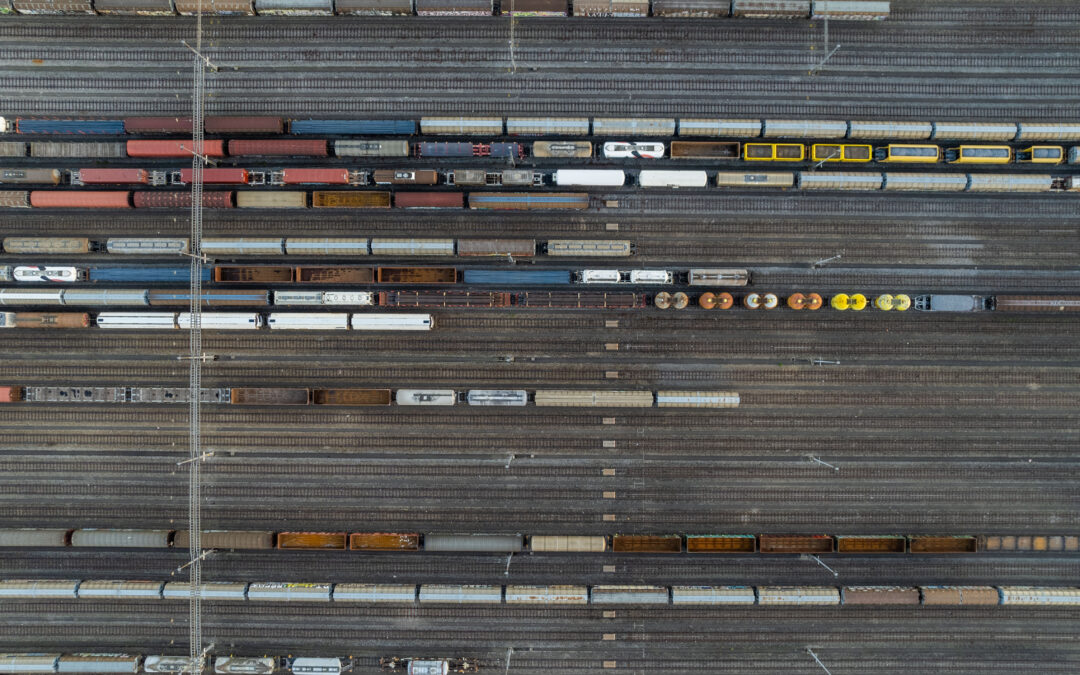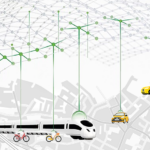The Federal Council wants to further strengthen the railways in the long term. To this end, it has revised its long-term rail strategy. It is now focusing on improved access to the railway and more capacity on the east-west axis with new multimodal transhipment platforms and facilities for city logistics. Here is a critical appraisal of this perspective.
With a view to future expansion steps of the railway infrastructure, the Federal Council has adapted its long-term rail perspective from 2012 and published details from the meeting of 22 June 2022. Up to now, the Federal Council has concentrated primarily on eliminating bottlenecks and increasing frequency. With the upcoming expansion steps within the framework of the BAHN 2050 perspective, it wants to improve the rail service primarily on short and medium distances, for example with additional S‑Bahn services and an upgrade of the suburban stations. In this way, it takes into account the fact that the greatest potential for modal shift to rail lies within the agglomerations and in connections between regional centres and agglomerations.
Promoting modal shift in freight transport
In freight transport, access to the railway is to be improved and capacities on the east-west axis increased. This will be achieved with new multimodal transhipment platforms and facilities for city logistics. With the targeted modal shift, the Federal Council wants to strengthen its strategy for achieving the climate goals and better coordinate spatial and transport planning. This aspiration is expressed in its vision: «Thanks to the efficient use of its strengths, the railway makes a major contribution to the 2050 climate goal and strengthens Switzerland as a place to live and do business».
Conflict of goals: free choice of transport
The Federal Council defines one of the main goals of RAIL 2050 as increasing the share of rail in the modal split for both passenger and freight transport. This goal contradicts the constitution, which guarantees the free choice of transport mode for domestic traffic. There is also a contradiction with the Federal Council’s previous goals, in particular with goal 7 of DETEC’s 2040 orientation framework, «Future Mobility». According to this, transport users in Switzerland are free to decide which mobility offers they use and combine.
Intramodal competition and market-based offers
For us at the VAP, the modal split is the result of a well thought-out infrastructure, transport and spatial planning policy. As the voice of the shipping industry, we advocate favourable framework conditions that boost intramodal competition on the railways and ensure customer orientation and innovation with market-based offers. In order for such offers to develop their potential, sufficient capacities on the network with high-quality and inexpensive train paths as well as sufficiently well-developed logistics locations are necessary. This is the only way to increase the share of rail freight transport in the modal split. We therefore warn against ideas of further networks and coordinated system train paths by SBB Cargo. These hinder the desired intramodal competition and have a correspondingly negative effect on customer orientation and innovation.
Ensuring connection to Europe
We welcome the Federal Council’s focus on short and medium distances. However, it ignores the complex potential of international transport. This is regrettable. In our opinion, the BAHN 2050 perspective should provide for a favourable connection of the Swiss railway network to the international corridors and the Rhine ports as well as southern ports in the destination area. The Federal Council is explicitly called upon to meet this requirement by Motion 22.3000 «Continuation of the successful modal shift policy and guarantee of national supply security thanks to the expansion of the Wörth-Strasbourg Neat feeder line on the left bank of the Rhine» and Motion 20.3003 «State treaty for a Neat feeder line on the left bank of the Rhine».
A clear yes to digitalisation
We consider the intention to consistently use efficiency gains through automation and new technologies as positive, as well as the goal of flexibly and optimally networking rail services with other modes of transport and services as part of overall mobility. In addition to the aforementioned multimodal transhipment platforms, the framework and market conditions for freight railways play a decisive role here. In addition to digital automatic coupling (DAK), this includes open data and booking platforms in particular. With their help, data from the entire value chain is recorded and exchanged transparently so that rail freight customers can easily book their consignments and track the flow of goods in real time.



